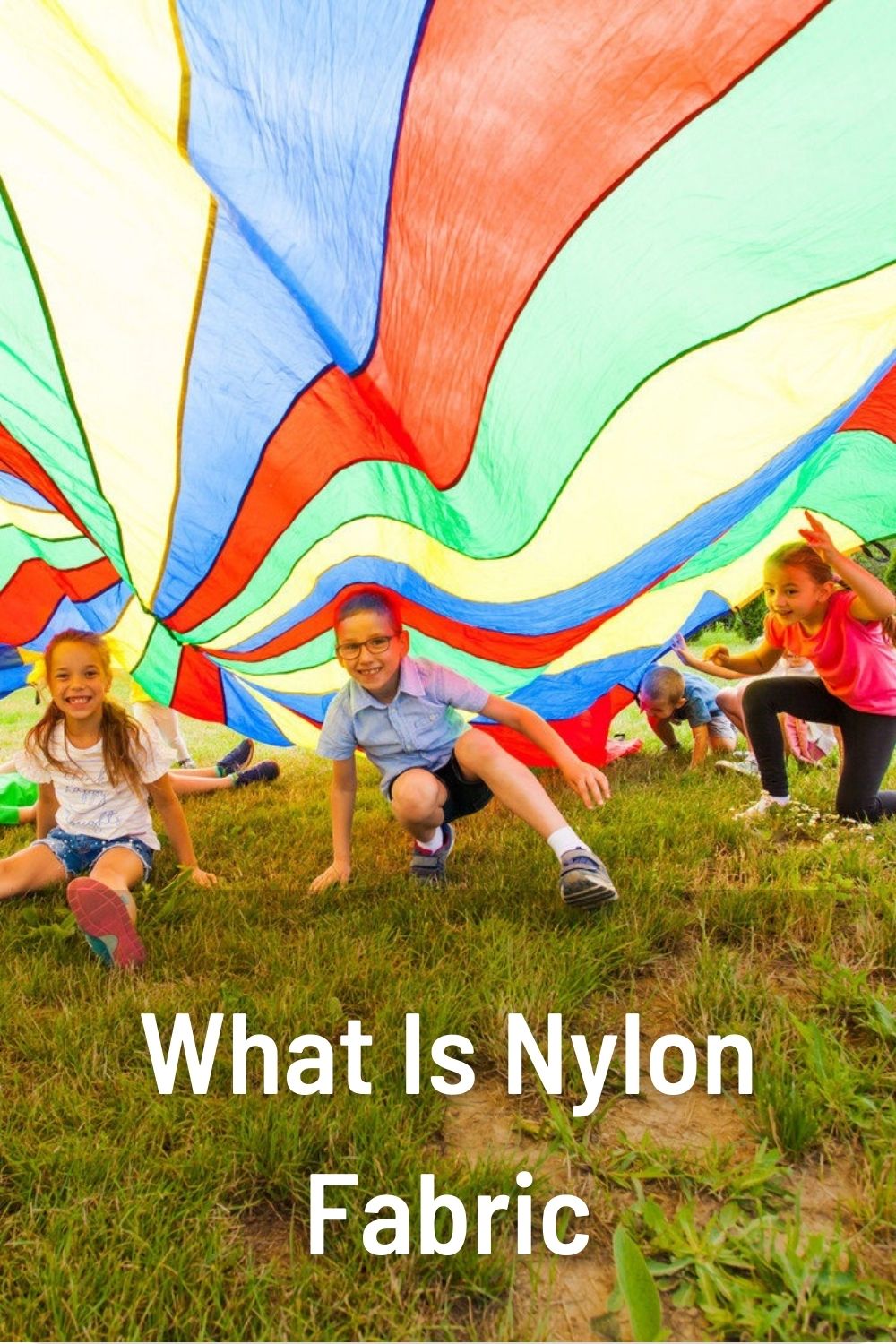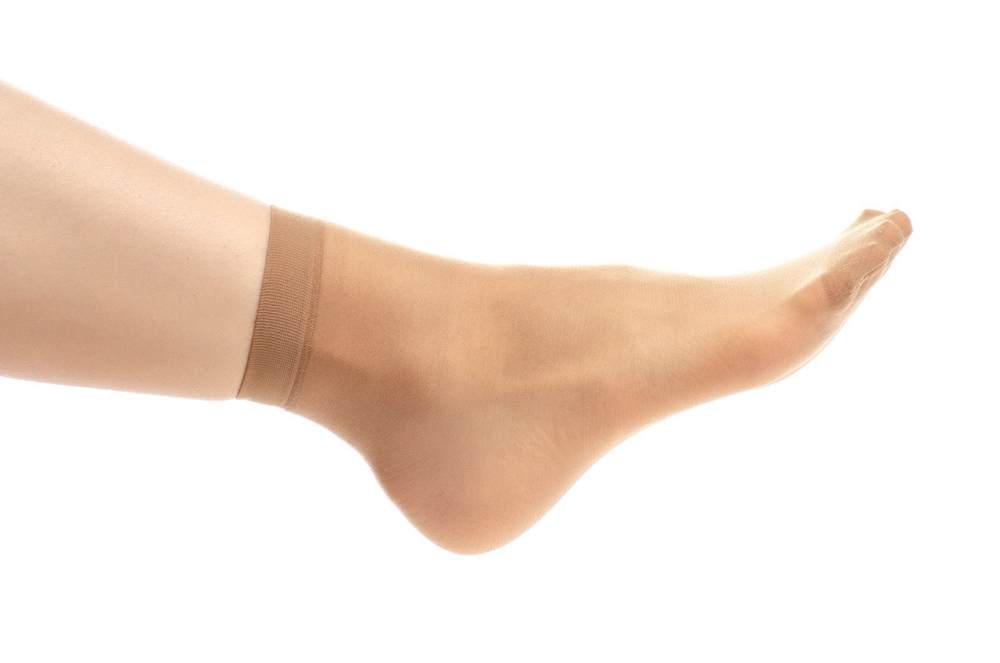
Nylon fabric has become one of the most commonly used synthetic fabrics in the world today. Known for its durability, affordability, and versatility, nylon has a wide range of applications from clothing to commercial use. In this complete guide, we will dive into everything you need to know about nylon fabric.
Table of Contents
What is Nylon Fabric?
Nylon fabric is made from synthetic polymers called polyamides. The term “nylon” itself refers to the family of synthetic polymers known as polyamides.
Nylon was first developed in the 1930s by scientists at DuPont who were looking to create artificial silk. They succeeded in making the first fully synthetic fiber that could replicate the smooth texture and stretchy properties of silk. This pioneering development marked the beginning of a new era in textile production.
The first nylon fabric was known as nylon 6,6 as it was made from combining two 6-carbon molecules. Since then, several variations of nylon have been created, but nylon 6,6 remains the most commonly used type.
Key Properties of Nylon Fabric
Nylon fabric offers an impressive range of properties:
- Strong – Nylon fibers are very strong and resistant to damage. Nylon has high tensile strength, meaning it can be stretched without breaking.
- Flexible – Nylon fabric has a natural elasticity andstretchiness. It can bend and flex easily.
- Smooth – Nylon fibers are very smooth and tend to be lustrous. This gives nylon fabrics a silk-likesheen.
- Moisture wicking – Nylon dries quickly and absorbs very little moisture. It is hydrophobic, meaning water droplets tend to sit on the surface rather than soak in.
- Resilient – Nylon fabrics are quick to recover their original shape. They are resistant to wrinkles and creases.
- Abrasion resistant – The strong fibers resist damage and wear caused by abrasion and rubbing.
- Lightweight – Nylon is one of the lightest synthetic fabric options.
- Packable – Nylon can be folded and compressed into small spaces. When unpacked it springs back out.
- Breathable – Air and moisture can pass through nylon fabrics easily.
- Odor resistant – Nylon does not absorb odors readily.
- Heat sensitive – Nylon has a relatively low melting point so it can be heat set into different shapes.
- Fade resistant – The pigments used in nylon tend to retain color well after washing and light exposure.
Thanks to these performance properties, nylon revolutionized the textile and clothing industries. Let’s look closer at some of the most common uses and types of nylon fabric.
Uses of Nylon Fabric
From its early beginnings in women’s stockings, nylon has expanded into an immensely versatile synthetic fabric used for all kinds of applications. Here are some of the most common uses of nylon fabric today:
Nylon Apparel

Nylon revolutionized the women’s hosiery industry in the late 1930s. Nylon stockings provided a smooth, shapely, and snag-resistant alternative to silk stockings.
Today, nylon is still widely used in hosiery as well as lingerie, activewear, swimwear, outerwear, and other apparel:
- Hosiery – Nylon provides the stretch, shape retention, and strength needed in hosiery like pantyhose, tights, knee-highs, and socks. Various deniers and knit patterns create sheer to opaque nylon hosiery.
- Undergarments – The smooth, flexible, and quick drying properties of nylon make it ideal for underwear, slips, camisoles, shapewear, and sports bras.
- Athleticwear – Nylon athleticwear includes shorts, jerseys, swimsuits, jackets, and more thanks to the moisture wicking, breathable, stretchy performance.
- Outerwear – Nylon jackets, coats, and other outdoor gear take advantage of the water resistance, wind resistance, packability and abrasion resistance.
Home Furnishings

Nylon fabric is also used extensively in home furnishings from carpet to curtains:
- Carpeting – One of the largest uses of nylon is in carpeting. Nylon’s strength, abrasion resistance, and flexibility make it an ideal carpet fiber. Nylon carpeting remains resilient to heavy foot traffic. Stain resistant nylon carpets are popular in high traffic areas.
- Curtains and drapery – Nylon curtain fabric resists mildew, fading, and sheers nicely to let in natural light. The woven structure helps nylon hold pleats well. Lustrous nylons mimic silk for an elegant draped look.
- Blankets and bedding – Lightweight nylon blanket fabric provides warmth without bulk. The hydrophobic properties help blankets maintain insulation when damp. Nylon’s resilient structure resists pilling.
- Upholstery – Outdoor upholstery made of abrasion resistant nylon stands up well to sun, rain, snow, and heavy use. Easy clean nylon upholstery resists stains, moisture, and mildew.
Industrial Applications

Nylon’s unparalleled strength, durability, and abrasion resistance make it well-suited for all kinds of heavy-duty industrial applications:
- Rope, cord, and twine – Nylon rope has incredible tensile strength. It outperforms natural rope fibers of similar size. Nylon cordage is made in sizes from thread to hawsers for marine use.
- Tires – One of the first large-scale uses for nylon was in replacing silk in tire cords. Nylon cords improved tire strength, durability, and performance.
- Conveyor belts – Nylon conveyor belts withstand high friction, abrasion, and flexing better than rubber alone. Nylon mesh belts are lightweight and facilitate air circulation.
- Machinery parts – Bushings, bearings, rollers, and other moving parts made with nylon resins reduce friction, noise, and wear.
- Parachutes and kites – Nylon fabrics were adopted for parachutes during WWII. Nylon maintains strength and elasticity at high wind speeds.
- Filters – Non-woven and finely woven nylons make excellent filter media for air, gas, and liquid filtration systems.
- Protective equipment – Cut-resistant nylon fabrics and films protect workers from injuries. Nylon provides fire resistance and chemical splash protection.
Clearly, nylon’s unique set of properties make it applicable across diverse industries. But how is nylon fabric actually made?
How is Nylon Fabric Made?
Nylon fabric starts out as plastic-like pellets of nylon polymer resin. These pellets are first melted and extruded into long filaments. Next, the filaments are stretched, looped, knitted, or woven into nylon textiles. Here are the key steps:
1. Making the nylon polymer resin
The starting point is crude oil. Crude oil gets refined into different petroleum components including the petrochemical precursors of nylon.
The precursors go through a chemical process known as polymerization. This joins the smaller molecules together into long chain-like synthetic polymers called polyamides – the scientific name for nylon.
Chemists carefully control the polymerization to achieve different types of nylon resin with customized properties. Nylon 6,6 remains the most common type used in textiles.
2. Melting and extruding the resin into fibers
The nylon polymer pellets are melted down and extruded through a spinneret. This forms multiple continuous filaments of nylon fiber.
As the filaments emerge, cool air causes them to solidify. Drawing rolls stretch the fibers, aligning the nylon molecules lengthwise to improve strength.
3. Forming the nylon fibers into yarn
The long nylon filaments get twisted or spun together to form yarn. This adds strength and consistency.
A finish oil or wax coating is applied to reduce friction and static. Different size yarns are made depending on the end use.
4. Knitting or weaving the nylon yarn
The continuous nylon filament yarns or spun staple yarns are knitted or woven into various fabrics.
Knitting loops the yarns together into flexible, stretchy fabrics. Circular knitting machines make hosiery like pantyhose. Warp knitting makes flat fabrics for activewear.
Weaving interlaces warp and weft yarns in patterns. Nylon taffeta has a smooth plain weave. Twill or satin weaves make sturdy upholstery nylons. Mesh weaves create transparent, open fabrics.
5. Finishing the nylon fabric
Finishing steps add specialized properties to the fabric:
- Heat setting uses high heat to set pleats, creases, stretch, and dimensional stability.
- Water proofing applies a coating to create water-resistant nylon.
- Antistatic treatment reduces static buildup that attracts lint and dust.
Now let’s take a look at the different types of nylon fabric.
Types of Nylon Fabric
While all nylon fabric shares the same base properties, there are a number of different types made through variations in the production process.
Nylon 6 vs Nylon 6,6
The most basic distinction is between nylon 6 and nylon 6,6 polymers.
Nylon 6
- Made from polymerizing caprolactam
- Lower melting point than nylon 6,6
- Slightly more absorbent and less resistant to chemicals
- Used in socks, pocket linings, swimwear
Nylon 6,6
- Made from hexamethylenediamine and adipic acid
- Higher melting point and greater strength
- More hydrophobic
- Most common type used in textiles
Filament vs Staple Nylon
Nylon yarn comes in filament and staple forms:
Filament nylon
- Continuous smooth filaments
- Glossy, lustrous appearance
- Common in hosiery and lingerie
Staple nylon
- Short cut fibers spun into yarn
- More textured appearance
- Used in outerwear and upholstery
Types by Weight
Nylon fabric also varies by thickness and weight. Some common terms you may see:
- Sheer: Very fine, transparent weaves like nylon chiffon
- Tights: Fine denier knits like standard nylon hosiery
- Voile: Light, semi-sheer woven nylon
- Ripstop: Ultralight but woven for durability
- Taffeta: Fine but crisp woven structure
- Canvas: Medium weight with more body
- Oxford: Sturdy, heavier woven nylons
The right weight depends on the needs – from gauzy sheers to rugged outdoor use.
Pros and Cons of Nylon Fabric
Nylon offers valuable performance benefits but also has some downsides to consider:
Advantages of Nylon
- Strong and durable
- Stretchy and flexible
- Fast-drying and breathable
- Resists wrinkles, abrasion, and mildew
- Holds its shape well
- Easy to clean and dry
- Colorfast and fade resistant
Disadvantages of Nylon
- Heat sensitive – can melt at high temperatures
- Absorbs oils, grease, and solvents
- Prone to static cling
- Can be damaged by sunlight over time
- Not biodegradable
- Can irritate sensitive skin
Understanding these tradeoffs allows you to choose nylon when its strengths suit the end use, while avoiding it when the weaknesses would impair performance.
What Fabrics Can Be Used Instead of Nylon?
For some applications, other fabric options may perform better than nylon. Some common nylon fabric substitutes include:
- Polyester – More heat resistant and UV stable but less breathable than nylon
- Spandex – Provides even more stretch and shape retention than nylon
- Olefin – Excellent moisture wicking and faster drying performance
- Silk – More luxurious and comfortable than nylon for lingerie
- Wool – Warmer and more odor resistant than nylon for winter wear
- Cotton – More breathable and better moisture absorption than nylon
- Bamboo – Made from renewable materials and naturally antimicrobial
Blends can also combine the strengths of nylon with other fibers like polyester-nylon blends in athleticwear or nylon-cotton blends for casual shirts and dresses.
How to Care for Nylon Fabric
Caring properly for your nylon clothing and fabrics helps them last. Here are some nylon fabric care tips:
- Machine wash cool – Use cool or warm water to prevent heat damage.
- Gentle cycle – Wash on the delicate or gentle cycle to reduce agitation.
- Mild detergent – Stick to mild liquid detergents, not harsh powder types.
- No bleach – Avoid using chlorine or oxygen bleach which damages nylon.
- Lay flat to dry – Lay nylon flat or hang to dry to prevent stretching. Avoid high heat drying.
- Iron warm – Iron nylon on medium heat using the synthetic fabric setting.
- Dry clean – Most nylon items can be dry cleaned, but verify the care label instructions.
- Pre-treat oil stains – Use a pre-treatment to break down oils before washing nylon.
With proper care, nylon holds up well to repeated laundering and wears while retaining its shape and performance.
Conclusion
Created in the 1930s, nylon was the first fully synthetic fiber. It transformed fabric and clothing production thanks to its remarkable strength, stretch, sheen, and quick-drying abilities.
Today, nylon remains a widely produced synthetic fabric valued for its durability, comfort, easy care, and resistance to damage. Hosiery, lingerie, activewear, outdoor gear, carpeting, and industrial applications all benefit from nylon’s unique set of properties.
Understanding the manufacturing process helps explain how nylon gets converted from polymers into fibers, yarns, and fabrics. Variations create different weights and types of nylon for diverse purposes where its strengths are most useful and weaknesses are minimized.
With proper care and maintenance, nylon fabric continues to deliver exceptional performance and value in all kinds of products we use every day. This versatile synthetic fabric will likely remain popular well into the future.
Frequently Asked Questions
Here are answers to some common questions about nylon fabric:
Is nylon good for clothing?
Yes, nylon makes excellent clothing fabric. It is strong, stretchy, lightweight, breathable, packable, quick drying, and easy to wash. These performance benefits make nylon ideal for hosiery, lingerie, athleticwear, swimwear, outerwear, and other apparel.
What are the disadvantages of nylon fabric?
Disadvantages of nylon include sensitivity to heat, potential for static cling, absorption of oils and grease, susceptibility to damage from sunlight exposure over time, lack of biodegradability, and skin irritation in some individuals.
Is nylon cheaper than polyester?
Nylon and polyester fabrics are usually close in price, but polyester is often slightly cheaper by weight than nylon. The price difference depends on the type of fabric and processing complexity. For equivalent fabric types, polyester tends to cost 10-20% less than nylon.
Does nylon stretch out?
Nylon has excellent stretch and recovery thanks to its molecular structure. Nylon woven fabrics have a bit of natural stretch but hold their shape quite well. Knitted nylon has even more stretch but the fibers spring back readily. Compared to other fabrics, nylon resists sagging and stretching out excessively with use.
Is nylon good for outdoor furniture?
Yes, nylon is an excellent outdoor furniture upholstery material. Nylon’s resistance to mildew, sun exposure, abrasion, and moisture make it hold up well in outdoor environments. Nylon upholstery also stays flexible in cold weather. Easy-to-clean nylon fabrics help outdoor furniture look good season after season.
Is nylon breathable?
Nylon is highly breathable compared to many synthetic fabrics. Its permeable structure allows air to pass through readily. This breathability makes nylon suitable for athletic apparel and other high activity uses where good ventilation is important for comfort.